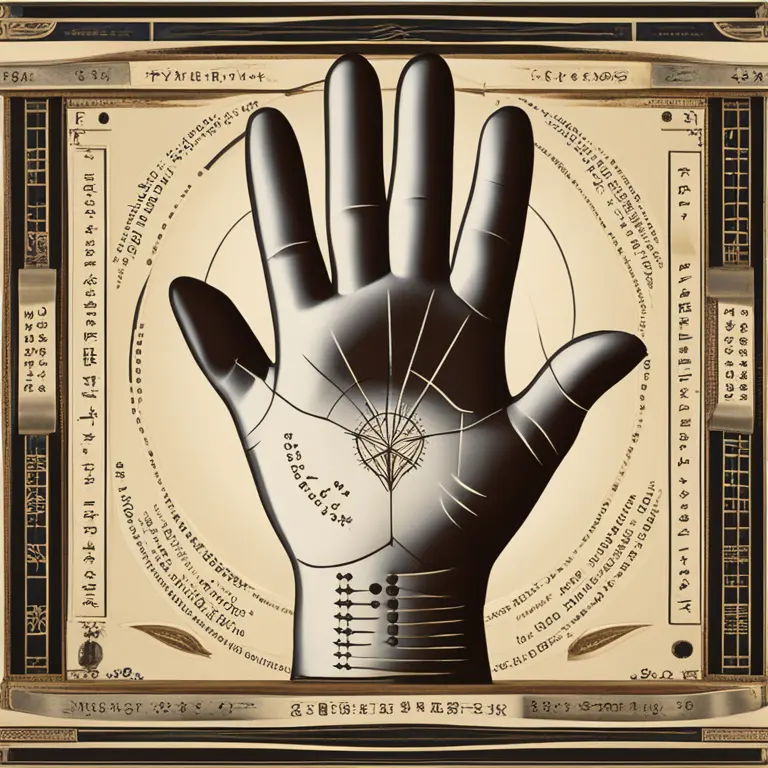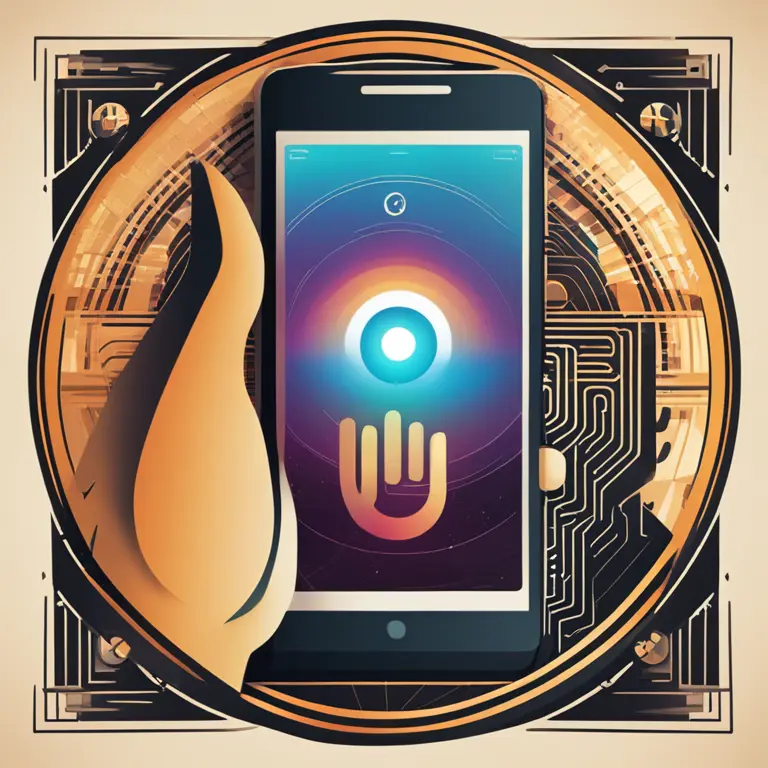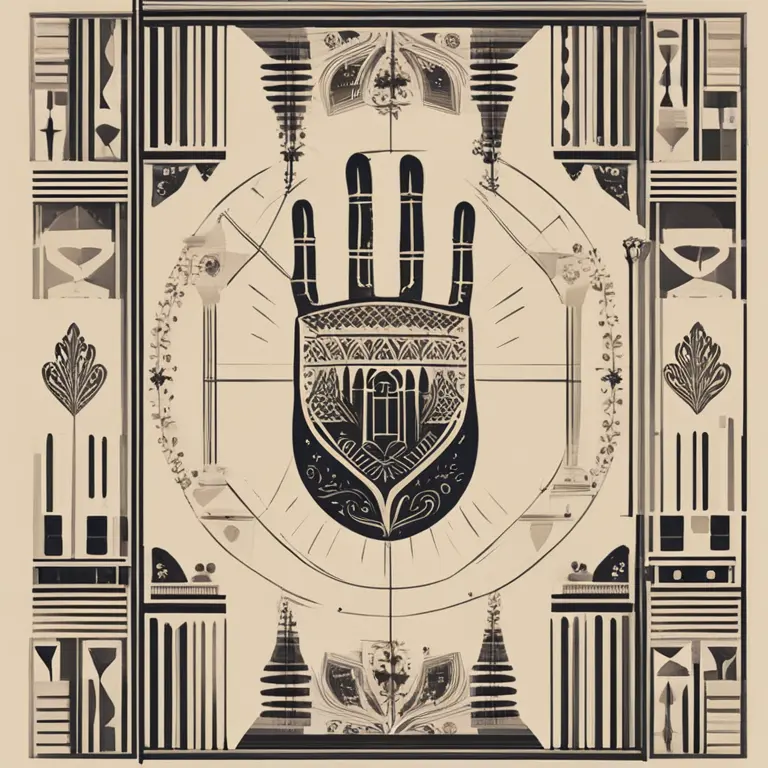
Palmistry: A Modern Evaluation
Delve into the veracity of palm reading as we assess its practices and principles in the context of contemporary understanding.
article by Nora Pennington
The Roots of Palmistry
Palmistry, or chiromancy, is an ancient practice that suggests the lines on one's hand hold the key to understanding their character and destiny. Originating from various cultural traditions, palmistry has been used by many as a tool for guidance. Despite its long history, skeptics question its validity, especially when reflecting on the scientific advancements of the 21st century. Nevertheless, there are those who argue for a more symbolic interpretation, viewing palm lines as a metaphor for life's path rather than a direct prediction of the future.

Scientific Scrutiny
Critics of palmistry often point to the lack of empirical evidence supporting its claims. In a scientific community that values reproducibility and testability, palm readings do not conform to the methodologies that would classify them as an accurate means of prediction. However, one cannot dismiss the psychological aspect of palmistry, where the placebo effect or a self-fulfilling prophecy may play significant roles in an individual's experience. Hence, while science does not support palmistry as an accurate predictive tool, its influence on individuals can still be profound.

Individual Interpretations
Palmistry's accuracy heavily relies on the skill and interpretation of the practitioner. No two palm readers will give an identical reading, which brings into question the consistency of the practice. Experts within the field argue that, like art, palm readings are subjective and provide insight tailored to the individual, hence differing from one palmist to another. This personalization might make the practice more meaningful for the seeker but also makes it difficult to measure accuracy in a standardized way.

Technological Advances
With technological progression, palmistry has also seen a modern twist. Digital applications and software now offer palm readings using image recognition and algorithms, bringing this age-old practice into the digital age. However, the accuracy of such technological methods is still debated, as they cannot replace the nuanced interpretations of experienced practitioners. While technology streamlines the process, the interpretations remain as varied as the individuals using them.

Cultural and Psychological Factors
Culturally, palmistry remains a significant aspect of various societies, serving as a rite of passage or a source of counsel. Psychologically, it can offer solace or introspection to those who believe in its value. The Barnum effect, where vague and generic statements are perceived as highly accurate personal descriptions, is often at play in palm readings. This phenomenon can explain the perceived accuracy of palmistry readings despite a lack of scientific endorsement.
Modern-Day Reception
In the modern era, palmistry coexists with a plethora of other belief systems and practices. Its reception varies from fervent adherence to outright dismissal. The accuracy of palmistry is not universally acknowledged, and its place in contemporary culture is as much about entertainment as it is about spirituality. Despite this polarized reception, palmistry continues to be a topic of curiosity and exploration for many, seeking to find personal meaning in the lines that traverse the palms of their hands.
Published: 1/11/2024
Modified: 1/12/2024
More predictions
Come back here soon to learn more about yourself and your future


Can We Trust Palmistry?
Delving into the realm of palmistry, this article examines its credibility and place in contemporary spiritual practices.


The Possibility of Palmistry in Cancer Detection
Examining the claims that palmistry holds any potential in identifying the risk of cancer: a deep dive into the world of mysticism and medicine.


The Efficacy of Palmistry: Real Insight or Fancy?
Delve into the validity of palmistry as a form of divination. Is there a truth behind the lines on our palms, or is it just a charming fancy?